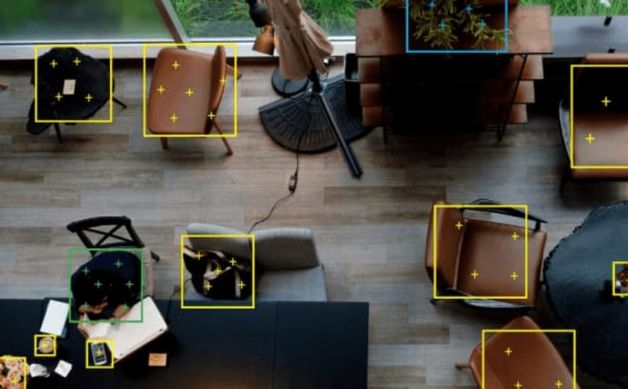An overview: What is image annotation?
Image annotation is a significant task in computer vision. Considered to be one of the most important fields of machine learning and AI development, computer vision plays a crucial role.
It is the area of AI research that strives to give computers the ability to see and visually interpret the world. The applications of computer vision are huge ranging from medical diagnosis to autonomous vehicles.
In 2019, the global computer vision market valued at USD 13.75 billion, is expected to reach USD 24.03 billion by 2027, growing at a CAGR of 7.8% from 2020 to 2027. (Source)
What is Image Annotation?
The task of annotating images with labels; would be short and suitable. Image annotation definition says that these labels enable machines to understand and interpret visual data like images and videos. Humans usually perform this task, and it takes a lot of time.
Labeling and annotation of visual data give way for efficient machine learning to enable computer vision capabilities.
Some semi-autonomous systems are available that reduce the task time by automatically labeling different aspects of images and video. This technique can be applied to many tasks in different fields. Depending on the application and the project, the number of labels on each image varies. These labels are usually predetermined by a computer vision scientist or a machine learning engineer.
Unlock the full potential of your images with precise annotations
Types of image annotation
Image annotation meaning in simple terms is annotating the image with labels utilizing human skill sets. There are different techniques to annotate images with each technique having its own specific use.
Bounding boxes
Rectangular box annotation is one of the most commonly used types of annotation in localization and object detection tasks. It uses bounding boxes to define the location of an object, represented by its coordinates. Bounding boxes are frequently used in various tasks such as object detection to identify and locate objects accurately.

Polygonal segmentation
To define the shape and location of the target object in a more precise manner than rectangular boxes, complex polygons are used as not all objects can fit into a rectangular box due to their shape. This technique, known as polygonal segmentation, utilizes complex polygons for segmentation. This allows the capture of objects with an irregular shapes.
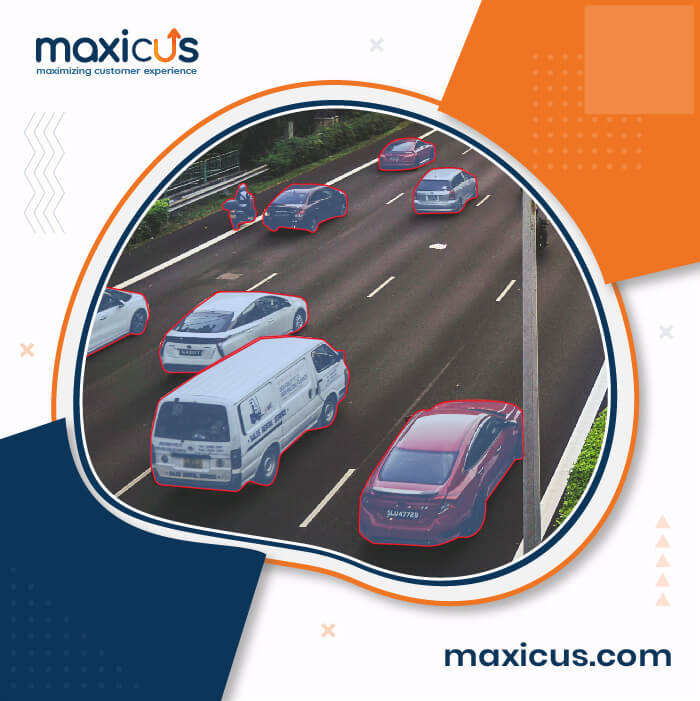
Semantic segmentation
This is a pixel-wise annotation that involves assigning a label to every pixel in the image by separating the image into different regions. Every pixel, here, carries semantic meaning. The definition of the region is based on semantic information. For example, consider an autonomous vehicle that has to distinguish between the road and other paths/objects such as the sidewalk. Semantic segmentation can be used to differentiate between these regions.
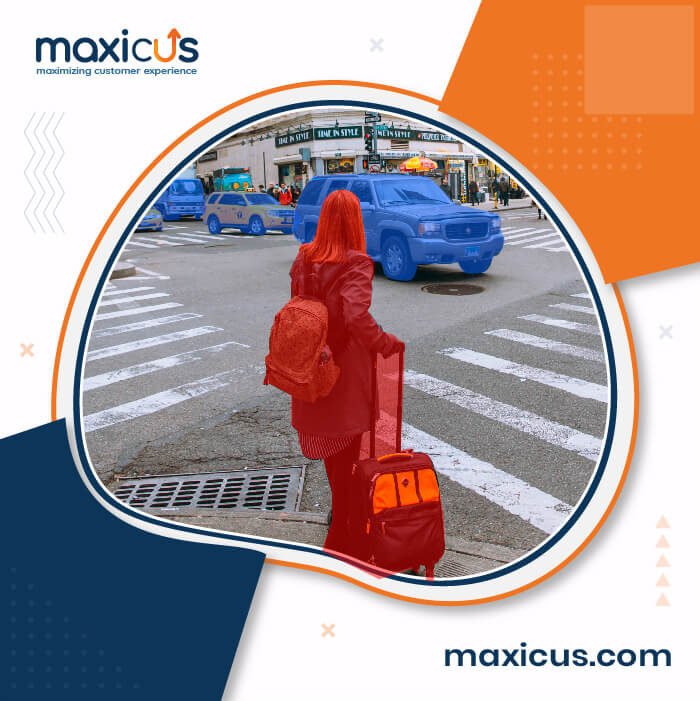
3D cuboids
In the bounding box, features like volume, position, etc. in a 3D space. Similar to bounding boxes, 3D cuboids provide additional depth information about the object. We get a 3D representation of the target object.
Autonomous vehicles utilize 3D cuboids to determine the distance between the car and any object in the surrounding environment.
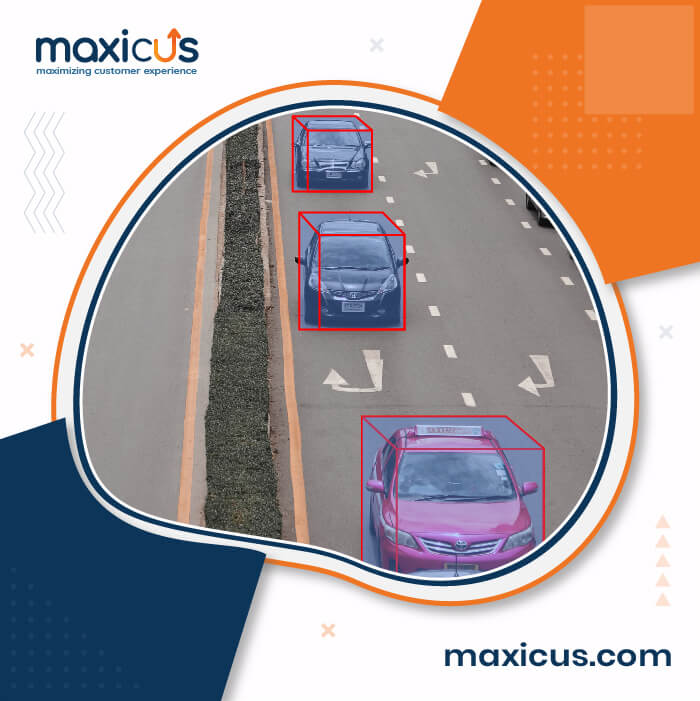
Key-point and landmark
By creating dots across the image, we can identify shape variations and small objects. This is how key-point and landmarks are used. This type of annotation is useful for face recognition. By tracking multiple landmarks, we can easily recognize facial features and emotions.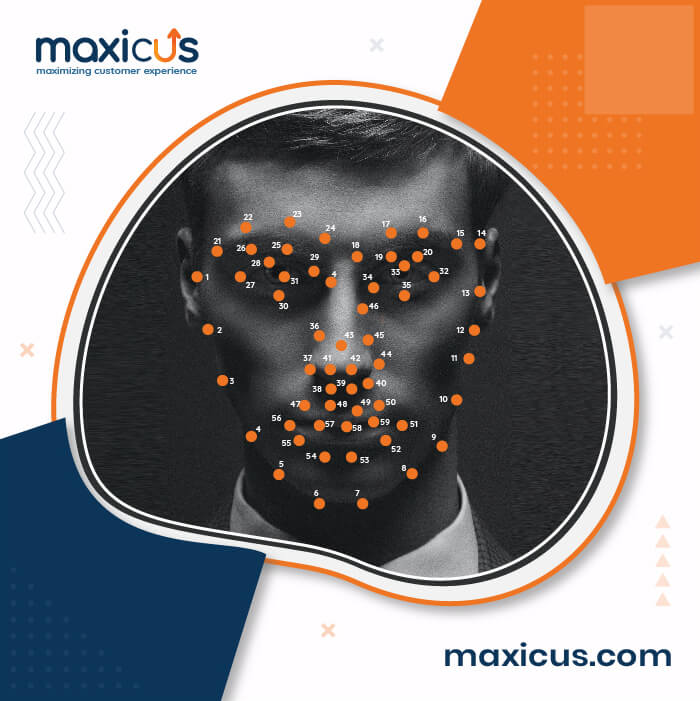
Line annotation
This type of annotation involves the creation of lines and splines to delineate boundaries between different parts of an image. This is used for lane detection in autonomous vehicles.
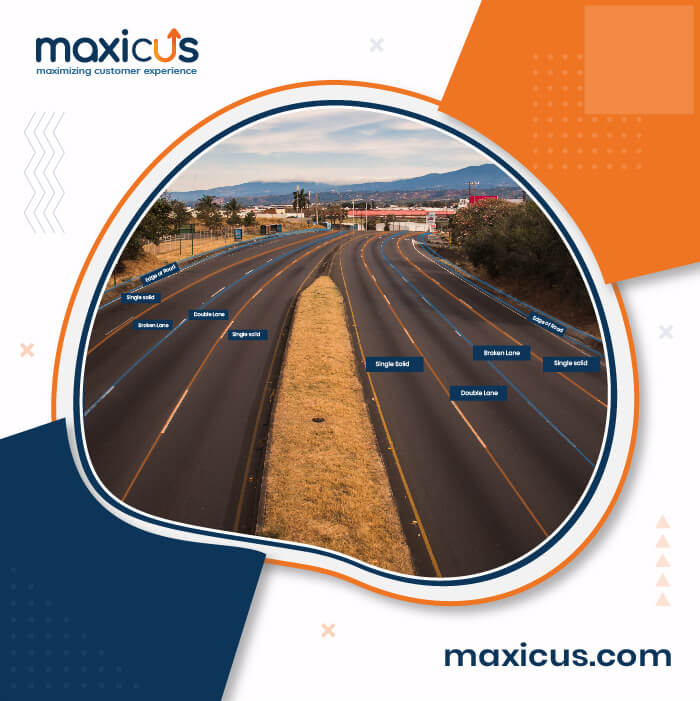
Image annotation applications across industries
Image annotation service is used to teach machines to identify the different varieties of objects. Image annotation for machine learning is a growing reality in today’s market. Let’s check how image annotation is innovating various horizons across industries.
Face recognition
One of the common applications of image annotation is facial recognition. It involves extracting the relevant features from an image of a human face to distinguish images of one person or object from another.
Image annotation techniques, such as key-point and landmarks, enhance face recognition algorithms by frequently tracking different points in different parts of the face through track pointing.
Agriculture technology
The agriculture-technology industry has adopted image annotation techniques for various tasks, such as detecting plant diseases by recognizing images of both diseased and healthy crops, which can be achieved by utilizing bounding boxes or semantic segmentation types. This is one of the most basic uses of image annotation in agriculture technology.
Security systems
In security systems, image annotation can flag items like suspicious bags in a particular area with the use of security cameras. By dividing the regions of a video into segments like restricted areas and not restricting the area using semantic segmentation, we can achieve efficient security. Image annotation enables the detection of suspicious activity.
E-commerce
Companies utilize image annotation to enhance product listings and ensure that customers find the products they are searching for. This is possible through semantic segmentation by tagging various components within search queries and product titles.
Robotics
One of the major applications of image annotation is in robotics. It helps robots in distinguishing between different types of objects and helps in picking up the right object. To assist robots in distinguishing between different parts of a production line, line annotation can be utilized. It also is advantageous in restricting the robot in a particular area and not moving out of the intended zone.
The growth of Computer Vision & the need for image annotation
As the computer vision industry is advancing, the way of training data for each use case will keep evolving. As image annotation is one of the most important tasks in computer vision, getting annotation right, is essential. High-quality annotation work is important as it will finally affect the accuracy of identification between different objects.
To evolve AI, it is necessary to train machines to identify and recognize visual data. However, annotating the same can be a tedious task for all stakeholders involved.
Now that there are service providers who can create data sets from scratch for a machine learning or computer vision program, image annotation outsourcing the same is surely proven to be a wise decision.

